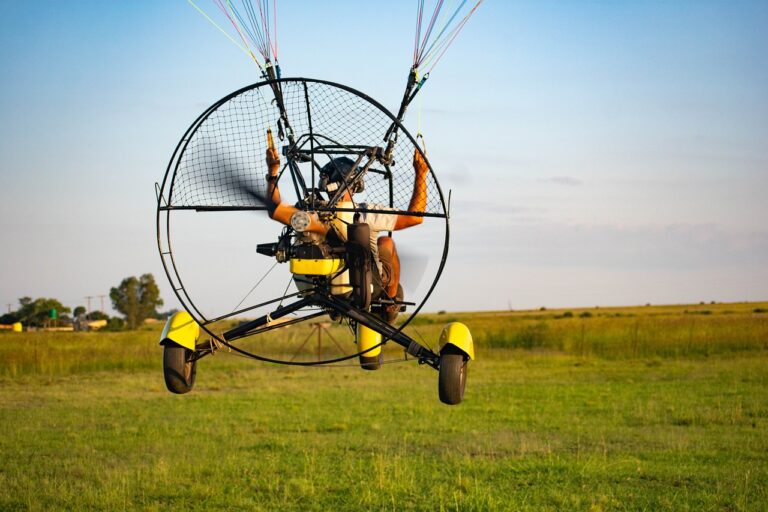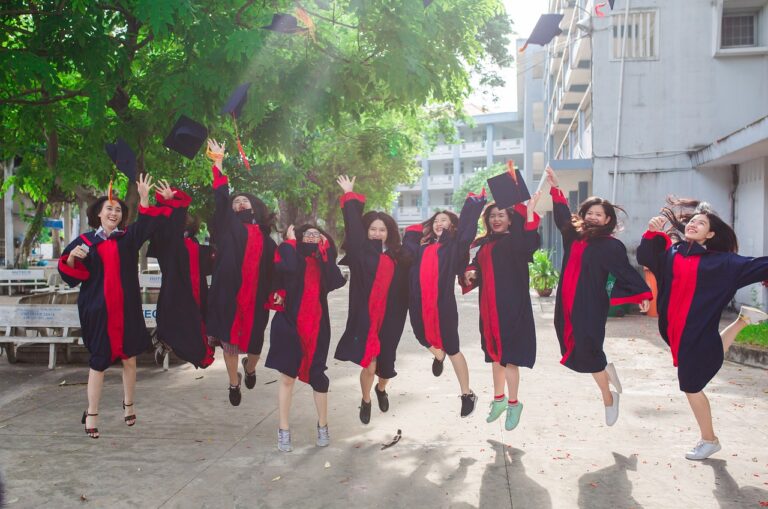The Role of Virtual Reality in Cultural Preservation: Digital Archives and Virtual Museums
Cultural preservation plays a vital role in safeguarding the unique identities and traditions of diverse communities around the world. It allows future generations to connect with their roots, fostering a sense of belonging and pride in their heritage. Through the preservation of cultural artifacts, traditions, languages, and historical sites, we ensure that the richness and diversity of human experiences are not lost to time.
Furthermore, cultural preservation serves as a bridge between the past and the present, enabling us to learn from our ancestors and understand the complexities of our shared history. By maintaining and protecting cultural heritage, we can also promote cross-cultural understanding and respect, fostering a more inclusive and tolerant society. As we face the challenges of globalization and rapid modernization, the preservation of cultural heritage becomes increasingly crucial in sustaining the cultural fabric of our societies.
The Evolution of Digital Archives
Digital archives have revolutionized the way information is stored and accessed, offering a means of preserving valuable cultural heritage in a digital format. The transition from physical archives to digital repositories has streamlined the process of archiving and increased the accessibility of cultural artifacts to a global audience. This evolution has not only enhanced preservation efforts but also facilitated the exchange of knowledge across different borders and languages.
Moreover, the scalability of digital archives allows for the efficient organization and categorization of vast amounts of data, ensuring that valuable cultural materials are safeguarded for future generations. With the ability to store multimedia content, including photographs, videos, and audio recordings, digital archives provide a comprehensive repository for diverse forms of cultural expression. The continual advancements in technology further enhance the capabilities of digital archives, promising a dynamic and evolving platform for cultural preservation.
Virtual Reality Technology in Cultural Preservation
Virtual reality technology has revolutionized the way cultural preservation is approached in the modern age. By integrating VR into preservation efforts, invaluable heritage sites and artifacts can be digitally captured and shared with a global audience. This immersive technology allows users to experience historical sites and objects in a way that goes beyond traditional photographs or videos, creating a deep sense of connection with the past.
Moreover, virtual reality enables cultural preservationists to safeguard fragile or inaccessible sites by creating accurate 3D models that can be studied and enjoyed for generations to come. Through VR, individuals can explore ancient ruins, architectural wonders, and cultural monuments as if they were physically present, enhancing the educational and research potential of these important heritage sites. The use of virtual reality technology not only preserves cultural treasures but also ensures that they remain relevant and accessible in a rapidly evolving digital world.
• Virtual reality technology revolutionizes cultural preservation efforts
• Invaluable heritage sites and artifacts can be digitally captured and shared globally
• Users can experience historical sites and objects in an immersive way
• VR allows for the creation of accurate 3D models of fragile or inaccessible sites
• Individuals can explore ancient ruins, architectural wonders, and cultural monuments as if they were physically present
What is cultural preservation and why is it important?
Cultural preservation refers to the protection and conservation of cultural heritage, including monuments, artifacts, traditions, and customs. It is important because it helps to maintain the identity and history of a society for future generations.
How has digital technology impacted cultural preservation efforts?
Digital technology has revolutionized cultural preservation by providing new tools for documenting, archiving, and sharing cultural heritage. It has made it easier to create digital archives and preserve cultural artifacts in a more accessible and sustainable way.
How does virtual reality technology contribute to cultural preservation?
Virtual reality technology allows users to experience and interact with cultural heritage in a realistic and immersive way. It can be used to create virtual tours of historical sites, virtual museums, and interactive exhibits, making cultural preservation more engaging and accessible to a wider audience.
Can virtual reality technology help in the restoration of cultural artifacts?
Yes, virtual reality technology can be used to digitally reconstruct and restore cultural artifacts that have been damaged or lost. By creating 3D models and simulations, researchers and conservationists can study and preserve cultural artifacts without risking further damage.
What are some challenges and limitations of using virtual reality technology in cultural preservation?
Some challenges include the high cost of creating virtual reality experiences, the need for specialized equipment and expertise, and the potential for inaccuracies in digital reconstructions. Additionally, not all cultural heritage sites or artifacts may be suitable for virtual reality preservation due to their physical condition or historical significance.







